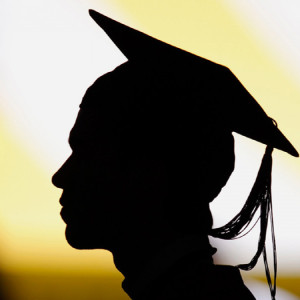
The Kathmandu Metropolitan City has published the final list of 4,550 students, out of the 6,017 who had registered for exams for scholarship at private schools.
The tests were held on Saturday at 15 community schools in the city. The list includes 3,031 male students and 1,549 females. The students were ranked through the Optical Mark Recognition (OMR) system. Their marks ranged from 40 to 96 on a scale of 100.
The KMC had given two days—August 6 and 7—for students to apply for re-evaluation if they were not happy with their score. Officials at the KMC’s education department said 54 students had applied for re-evaluation.
The selected students can choose the stream they want to study and one college on a merit list of 10, said Sita Ram Koirala, chief of the education department. The students are categorised on the basis of their qualification, quota, place of residence and merit.
Students stand a chance to enrol with full scholarship in 169 colleges in Kathmandu. Officials believe that around 1,300 students will benefit from the initiative directly.
The department has given the selected students until Saturday to choose their college. The metropolis will start the first phase of enrollment on Monday and the second between August 20 and August 24.
Of the total students, 4,144 had applied for the science stream, followed by 1,484 for management, 245 for technical subjects and the remaining for the study of humanities.
Those who come from community schools will get 40 percent of the scholarships, five percent scholarship will be given to students from private schools, nine percent to students residing in the metropolitan city and one percent to students from the Sisdol landfill site in Nuwakot.
From the remaining 45 percent scholarships, 33 percent have been set aside for girl students, 15 percent to those from indigenous communities, 12 percent to those from the Madheshi community and 17 percent for Khas Arya students from community schools. Meanwhile, the municipal department has allocated nine percent seats for Dalit students, four percent for those from the Tharu community, two percent for Muslims and students from other groups such as conflict victims and children of martyrs and disappeared families.
Quotas have also been fixed for students who come from remote districts such as Achham, Kailali, Jajarkot, Jumla, Dolpa, Bajhang, Bajura, Mugu and Humla.
Koirala said six officials, including two IT experts, have been working relentlessly to make the scholarship programme fair and unbiased.
While educationists and the Nepal Guardians’ Federation have cast doubt over the student selection process, City officials say they are committed to making it fair and inclusive.
Koirala, the education department chief, said the initiative is for bringing about reforms in education after the new constitution empowered local units to oversee the school sector.












